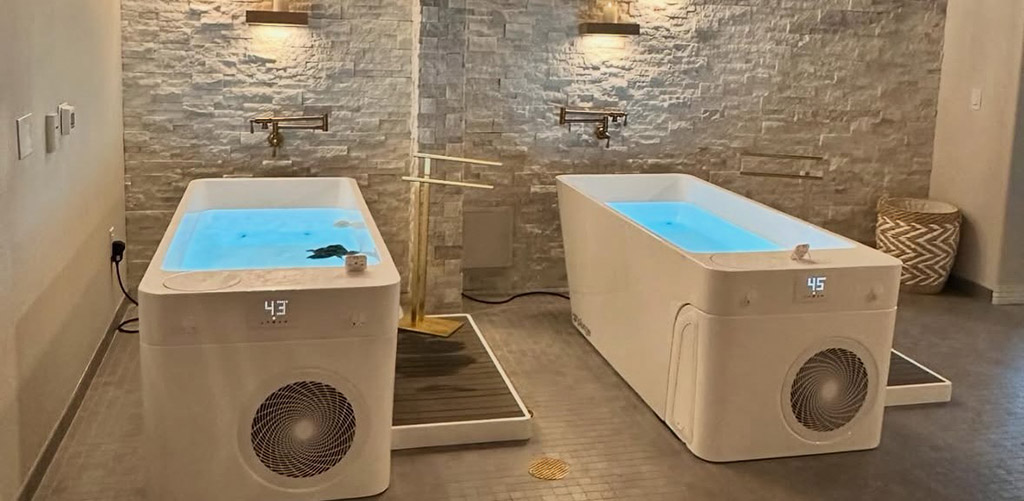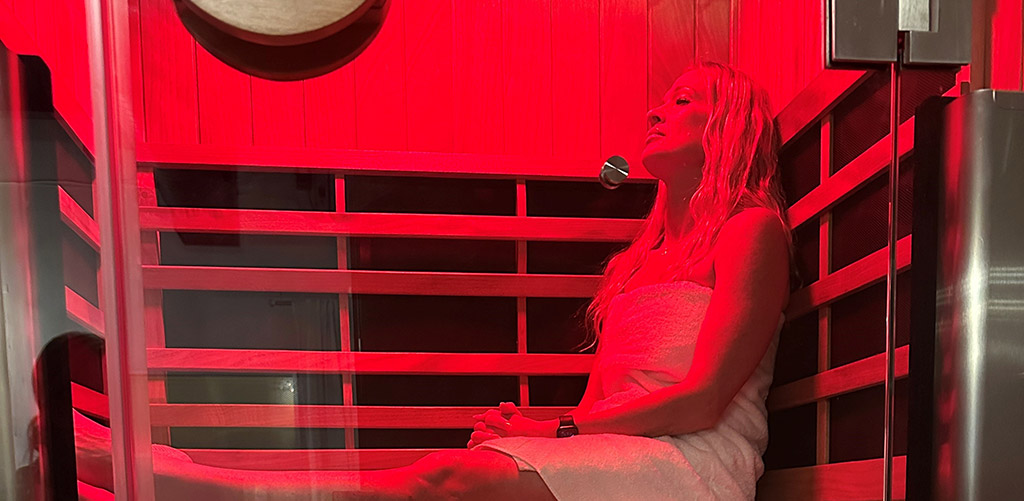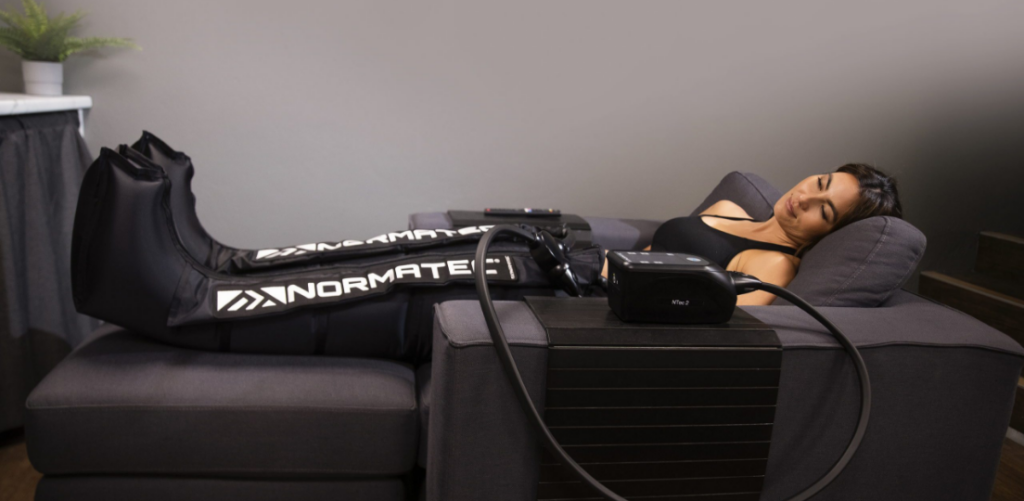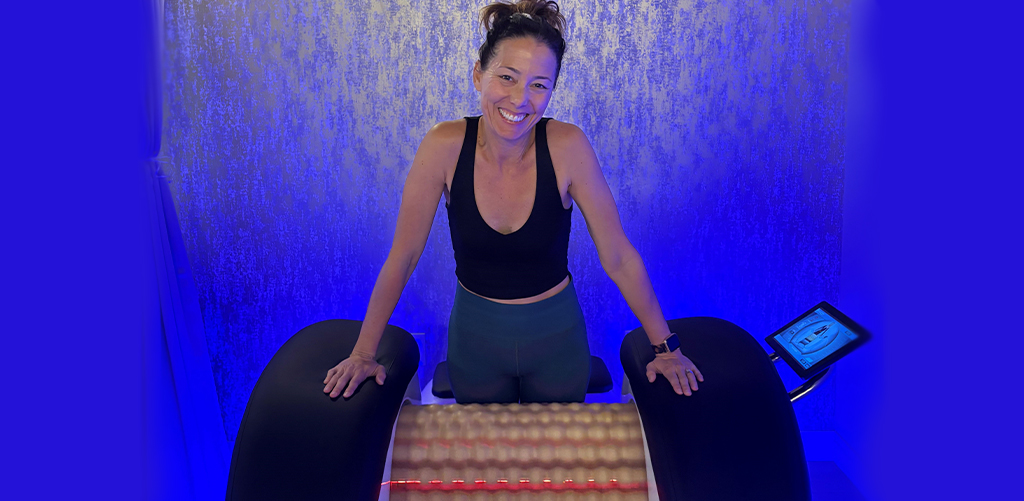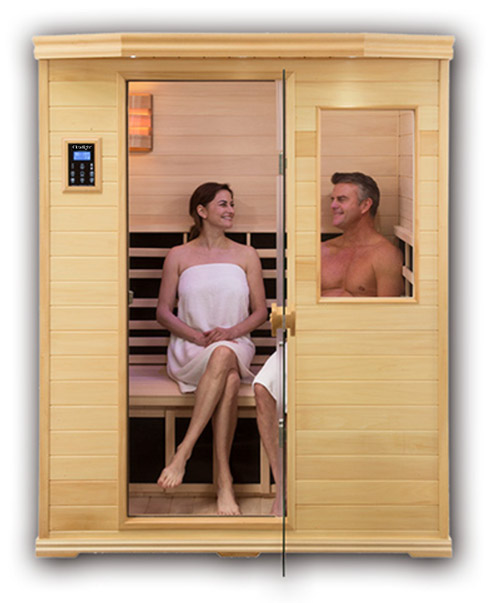Plunge & Restore Pricing
PROMOTION
$229 monthly unlimited plunge & restore services
- Unlimited Cold Plunge (3 minute sessions)
- Unlimited Infrared Sauna (20 minute sessions)
- Unlimited Red Light Bed Therapy (20 minute sessions)
- Lymphatic Massage Roller Sessions (30) minutes
Contrast Therapy
$79
for the first month, thereafter $129 monthly autopay
- Unlimited monthly Cold Plunge & Infrared Sauna
Day Pass
$59
- Cold Plunge (3 minutes)
- Red Light Bed Therapy (20 minutes)
- Infrared Sauna (20 minutes)
-
Lymphatic Massage Roller
(30 minutes)
PACKAGES
FAQs
How long should you cold plunge?
The optimal duration for staying in a cold plunge can vary depending on individual tolerance and the specific goals of the cold water immersion. However, it is generally recommended to start with shorter durations and gradually increase the time as your body becomes acclimated to the cold.
If you are new to cold water immersion, it is recommended to start with 30-second increments and slowly build up to more extended periods. You can aim for 2-5 minute sessions as your body adjusts.
How Cold Should A Cold Plunge Be?
The ideal temperature for a cold plunge is between 39 and 59 degree Fahrenheit. It is important to not go below this temperature as this can be too cold and can cause shock to the system.
How Often Should You Cold Plunge?
The frequency of cold plunges can vary depending on individual preferences, goals, and overall health. Listening to your body and gradually introducing cold water immersion into your routine is essential.
If you are new to immersion therapy, 2-3 sessions a week with a rest day in between is a good start.
For highly experienced individuals with a strong tolerance to cold water, daily cold plunges may be feasible. However, monitoring your body’s response is important and ensures you’re not overexerting yourself. Taking breaks or alternating days of cold plunges can help prevent overuse and allow for adequate recovery.
Are There Risks Associated With Cold Plunging?
Although cold plunging can have many benefits, it is vital to be aware of its potential risks. These risks include developing hypothermia if the water is too cold and shock to the system if temperatures are adjusted too quickly.
Additionally, those with cardiovascular issues or diabetes should talk to their physician before engaging in cold plunging. Furthermore, individuals should only enter a cold plunge after adequately warming up and always warm up after leaving the plunge. By following these safety measures, individuals can maximize the health benefits of cold plunging and minimize any associated risks.
What is Photobiomodulation Therapy?
Photobiomodulation (PBM) Therapy is the application of Red and Near InfraRed lighten very specific colors, quantities, and at specific intervals to tissue that is sick, degenerating or has been injured.
- The absorption of this light and has been clinically proven to:
- increase cellular energy production
- increase circulation
- reduce inflammation
- support immune function
- stimulate cellular repair
- These cellular mechanisms result in
- improved muscle performance
- increased exercise times and capacity after exercise
- reduced pain
- improved joint motion
- enhanced wound healing
- a release of certain brain compounds that positively affect mood and sleep
- and much more.
B.Photobiomodulation is safe, relaxing, and has no known negative side effects.
How does PBM Therapy work?
The effects are photochemical, just like photosynthesis in plants. When the correct parameters are used, light reduces oxidative stress and increases cellular energy (ATP). This in turn improves cell metabolism and reduces inflammation.
PBM Therapy appears too good to be true as it has many applications, but really it does just one thing and it does it very well. It reduces oxidative stress. Oxidative stress is essentially an imbalance between the production of free radicals and the ability of the body to counteract or detoxify their harmful effects through neutralization by antioxidants, is critical in helping the body recover. Oxidative stress is accepted as the underlying trigger for most diseases and degenerative conditions. It is also a component in the inflammatory phase of acute and chronic injuries. Extensive research during last two decades has revealed oxidative stress can lead to chronic inflammation, which in turn contributes to chronic diseases including cancer, diabetes, cardiovascular disease, neurological disorders and pulmonary diseases.
What can PBM Therapy work for?
- running faster and longer with less fatigue
- lifting heavier weights
- achieving higher benchmarks sooner
- recovering more quickly from injuries
- arthritis
- muscle soreness
- joint pain and stiffness
- fibromyalgia
- chronic fatigue
- rheumatoid arthritis
- psoriatic arthritis
- neuropathy
- shingles
- poor circulation
- is non-toxic
- is non-invasive
- has no side effects
What will I feel?
PBM Therapy does not heat tissue, it does however increase circulation so a warming sensation is often experienced. Reported subjective feedback:
- “Temporary euphoric feeling”
- “Increased energy levels“
- “Improved sleep patterns“
- “Improved mood“
- “Improved skin clarity and tone”
- “Improved bowel function“
- “Decreased swelling of extremities“
- “Increased energy”
- “Increased mental clarity”
- “Increased general sense of well being”
These outcomes may not apply to every person, and are not intended to guarantee, promise, represent and/or assure that anyone will achieve the same or similar results. Occasionally some clients may experience mild fatigue, discomfort, or aches after treatment. These responses should reduce after 24 – 48 hours, if they persist notify your technician at your next appointment.
How is PBM Therapy applied?
PBMT can now be delivered to the entire body using a state of the Art FULL BODY DELIVERY SYSTEM called TheraLight 360. Now in just 10 minutes, a full body light session that targets inflammation and stimulates repair can be delivered.
What session times are recommended?
10 minute sessions 2-3 x per week.
How many therapies are needed?
- Acute injuries and inflammation from muscle strains and sprains, cuts, bruises, burns, etc typically show very rapid improvement and can resolve in 1-2 weeks.
- Long-term, chronic conditions can take 2-3 weeks to get significant benefits, weeks to months for maximum benefits, then weekly or bi-weekly sessions may be necessary to maintain benefits.
Does it get hot inside the bed?
No. The LEDs are cooled by a patent-pending cooling system to keep you comfortable.
How often will I need to have the PBM Therapy?
It is recommended 3 x per week for 2 weeks then reduce to 2 x per week until goals are met. At that time you can reduce to 1 x per week for maintenance and wellness.
What scientific evidence is available?
To date there are over 550 Randomized Controlled Trials (RCTs) and over 4000 laboratory studies have been published using PBM devices. PBM Therapy is used in thousands of clinics, hospitals and elite sports institutions in over 70 nations. There are approximately 40 new papers per month being published. The primary evidence is in musculoskeletal pain and dysfunction, however a wide variety of conditions are being studied as well. To review the published research, go to PubMed.gov and search by the terms Photobiomodulation, LLLT or Low Level Light Therapy.
Is this FDA approved?
The TheraLight 360 Full Body Wellness Systemis a General Wellness Device. General Wellness Devices are exempt from premarket notification (510k). Therefore, the TheraLight 360 Full Body Wellness Systemdoes not require FDA clearance or approval, instead must be registered with the FDA under defined Intended Uses. The device is built according to current Good Manufacturing Practices (cGMP)and is in compliance with applicable standardsas required by FDA.
THE CLASS I INTENDED USES ARE:
- Restoration of motion to joints
- Redevelop muscles
- Adjunct to obesity as part of a diet and exercise program
THE CLASS II INTENDED ARE:
- Relaxation of muscles and relief from muscle spasms,
- Temporary relief of minor muscle and joint aches, pain and stiffness,
- Temporary relief of minor pain and stiffness associated with arthritis,
- To temporarily increase blood circulation
Are there any Contra-indications?
Pregnancy and Cancer and clients that have had organ transplants. More research is necessary to detect any potential adverse effects on patients with these conditions before PBM Therapy can be utilized by these clients.
Can children use it?
With parental informed consent.
Do I need eye protection?
All persons present during device operation must wear approved TheraLight 360 protective eyewear. Prescription contacts or glasses can be worn under TheraLight 360 goggles.
Am I allowed to sauna if…?
…I’m pregnant, under 18, have a fever, pacemaker, or have implants? We recommend you consult your doctor in case of any medical concerns.
What are your cleaning and sanitation protocols?
Our Guest experience, safety, and wellness is our top priority.
How often should I go to the sauna?
Going to the sauna is popular for relaxing and socialising, however, using a sauna has many benefits. Based on your individual health and wellness goals, we recommend going to the sauna at least 2-3 times a week. For even better results, going to the sauna 4-5 times a week is recommended. Infrared Sauna increases weight loss, we suggest you try our infrared sauna immediately following your workout/fitness program to see the best results.
What type of sauna?
Infrared Wavelenghts
The sun produces a combination of visible and invisible light, and one of those invisible spectrums is infrared rays. Invisible infrared wavelengths are what makes the sun feel warm (and ultraviolet wavelengths are what makes it bright). Scientists have established that infrared waves are beneficial to the human body as they increase the thermal energy in the body. Infrared does this without any of the harmful rays of sunlight.
There are three main categories of the infrared spectrum: near infrared, mid infrared, and far infrared.
- Near Infrared is the shortest wavelength but penetrates the deepest. It has the distinct property that it is not captured by the water of the body allowing it to penetrate the deepest to increase your core thermal energy. Near infrared is associated with photobiomodulation which directly produces energy within the cells through ATP stimulation.
- Mid infrared wavelengths are also captured by water molecules while temporarily increasing circulation through vasodilation, promoting temporary increase in blood flow and temporarily elevating heart rate and overall metabolism.
- Far infrared is the closest of the wavelengths to the infrared heat given off by our own body. Far infrared is readily captured by the water molecules in the body and releasing its energy. Our bodies actually give off far infrared wavelengths at about 9.4 microns. Since far infrared wavelengths feel very natural and normal to us, our energy is temporarily enhanced and strengthened.
What is an Infrared Sauna?
While we call our Clearlight Infrared models “Saunas”, they are really infrared therapy cabins. It just so happens that the sauna environment is a great environment to deliver infrared as you are not wearing any clothing and you are surrounded by the infrared heat. The black panels you see inside the sauna are our True Wave® far infrared heaters. In our Sanctuary sauna models, the black, vertical front heaters are our True Wave full spectrum heaters offering near, mid and far infrared.
Rather than use steam or the traditional “box of hot rocks” heating elements, the infrared sauna heaters use the infrared spectrum listed above to promote relaxation and other wellness benefits. In an infrared sauna, the air temperature is less important than the quality of the infrared heat. Just warm up your Clearlight® infrared sauna for about 15 minutes and get in. You will warm up with the sauna. As your body absorbs the infrared heat, this will increase thermal energy inducing a deep and relaxing sweat. Using your infrared sauna at lower temperatures means you can stay in longer and get more benefit.
Infrared Saunas Versus Traditional and Steam Saunas
The main difference between infrared saunas and traditional saunas is how they use heat. Traditional saunas use a single heater that is heating the air and this hot air heats the user. In contrast, infrared saunas use advanced therapy to promote heat generation in the body with only a small percentage of the heat heating the air. This results in a deeper sweat and at a lower ambient air temperature. In fact, infrared saunas usually operate between 115° – 135°F, while traditional saunas can get up to 195°F.
You will get all of the relaxation benefits of a traditional infrared sauna along with the increased health benefits that infrared offers all at a much more comfortable temperature. Infrared saunas are also dry saunas and many users find this makes for a more comfortable sauna session.
Not only are infrared saunas extremely beneficial, but they are also more efficient and require less electricity (according to Livestrong.com, a traditional sauna is almost three times as expensive to run as an infrared sauna). That also means that the warm-up time of an infrared sauna is much quicker than a traditional sauna.
Our Sanctuary Full Spectrum Saunas offer near, mid, and far infrared technologies and our Premier Far Infrared Saunas offer all of the benefits of far infrared heat. Surround Yourself In Wellness in a Clearlight® infrared sauna. Click here to see our full line of indoor and outdoor infrared saunas.
Is infrared safe? Does it contain EMF?
Yes! Our saunas use the most effective and safe infrared heaters on the market. The EMF and ELF levels in our infrared saunas will be mostly below 1mg when tested directly on the heater itself. Where you are sitting in the sauna, the EMF and ELF levels of infrared saunas are 0 mG and under 200 mV (ELF) of exposure. The ELF levels in our saunas are 3 – 5 times below the threshold of concern.
Will I be losing water weight?
Yes, infrared sauna causes weight loss, which will be regained upon rehydration. But the calories burned are real. As you relax in the gentle heat of our saunas, your body is actually hard at work pumping blood (increased heart rate), increasing circulation and producing sweat to cool you down. This results in a caloric burn!
Is it true I am still burning calories up to an hour after my session?
What is color light therapy and do you have red light?
Color Light Therapy is a method of treatment that uses the visible spectrum (colors) of electromagnetic light to restore balance to one’s physiology. It is a centuries-old concept used successfully over the years to treat various diseases and ailments.
All of our studios and saunas feature medical-grade Color Light Therapy and some of our studios also feature an additional high-intensity RED Light.
Are compression boots only affecting blood flow?
No. Compression boots do improve blood circulation through use of the one-way valve structure of veins, but just as importantly, they improve lymph fluid circulation. Lymph fluid circulation is essential for the removal of toxins from the space between cells called the interstitial space. This enhances the body’s natural detoxification abilities.
How long should you use compression boots?
Typically, the minimum treatment time is 15 minutes, but this time will vary based on the client’s goals and intensity of treatment.
Why do you wear with compression boots?
We suggest that you wear compression tights, shorts or leggings. Skin should be clean and dry before treatment.
Can you use compression boots every days?
Yes, compression boots can be used daily.
Can you overdo compression boots?
If you experience tingling or numbness in your legs, it is a sign the pressure may be too high. This generally won’t cause any serious issues, but as with any treatment you should start slow and gradually progress intensity.

